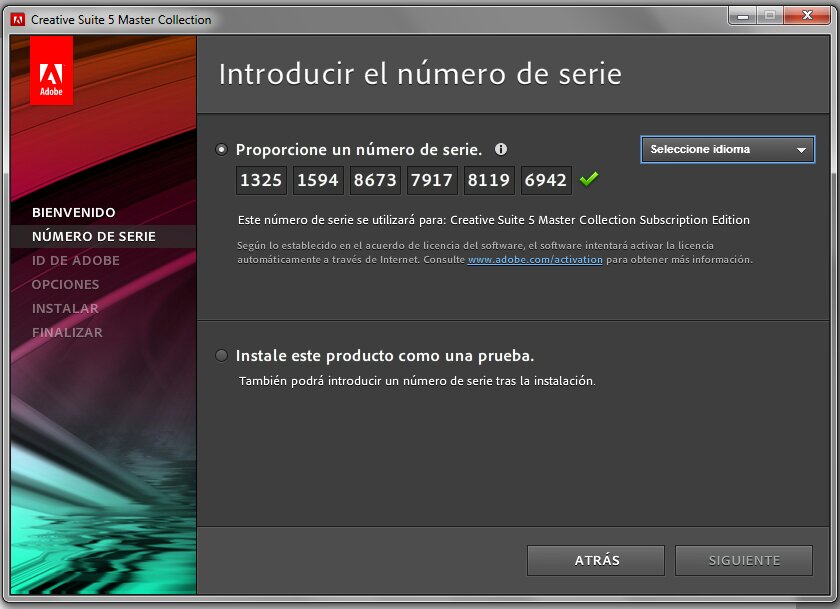

If you want to prototype links, you can use hotspots, but in this case by using button symbols, you can simulate button states in your prototype. It’s also worth noting that my example uses button symbols in the navigation system. You’ll see by default you have 1 page called “01 ”. If you don’t, you can access it by going to Window>Pages. As I mentioned earlier, everything except for the jQuery slider will be elements commonly shared across all pages. Now in order for us to prototype this properly we need to establish what details the Master Page should have. Here we see what the home page of the site should look like, complete with its jQuery slider. With Postcards you can create and edit email templates online without any coding skills! Includes more than 100 components to help you create custom emails templates faster than ever before. This can be the most critical aspect of creating a functional prototype. It’s not hard or confusing, you just have to remember the process.
#ADOBE FIREWORKS CS6 TRAINING SERIES#
It is important to take a series of steps in order for the Master Page to work correctly.
#ADOBE FIREWORKS CS6 TRAINING HOW TO#
Creating a Master PageĮvery time I teach a Fireworks class, when the concept of prototyping comes up, I find that students who dabbled on their own don’t fully understand how to implement Master Pages in the Page panel. Leaving the area for the jQuery slider as the area where content will change. With this wireframe, the commonly shared elements across all pages will be the header with nav, the artwork section, and the footer. We have a header area that contains a navigation system and search box, a section for some artwork, a section for a jQuery slider, and a footer.

Now, to keep things as basic as possible, I have a very generic layout that I’m working with. Based on the wireframe image, we have several sections we need to consider. If that’s the case, you should start by thinking about elements that will be commonly shared across all the pages within your prototype. Additionally, I’m assuming that there is an approved wireframe, or at least a foundation from which you can build your prototype. The same cannot be said once you starting coding HTML, CSS, and JavaScript.Īt this point, I assume you have a basic working knowledge of Fireworks. At this stage making changes to layout, design, or functionality is much easier. Each of these steps is designed to conserve precious development time. You could scribble a wireframe on a napkin if it suits your project. The wireframe example I’m using is fairly formal, and wireframes don’t require this much effort. A wireframe is rough layout or idea to base your prototype on. Essentially, a client or colleague can get a sense of what to expect from the final product.Īdditionally, I think it’s worth mentioning that the prototyping process is typically a second step after completing a wireframe.

The content produced from Fireworks, in the context of this article, should strictly be used for prototyping purposes. What’s important to take away from this, especially if you’re new to web design and development, is that the code, while functional, is in no way, shape, or form, is production ready. This panel gives you the ability to quickly mimic functionality found in fully-coded web sites and applications, with a minimal amount of effort and zero coding. There are several advantages of using Fireworks over its sibling Photoshop, but the one I want to share with you in this article is the Pages panel. Rapid Prototyping with the Pages Panel in Fireworks CS6Īdobe Fireworks CS6 is an ideal tool for creating prototypes.


 0 kommentar(er)
0 kommentar(er)
